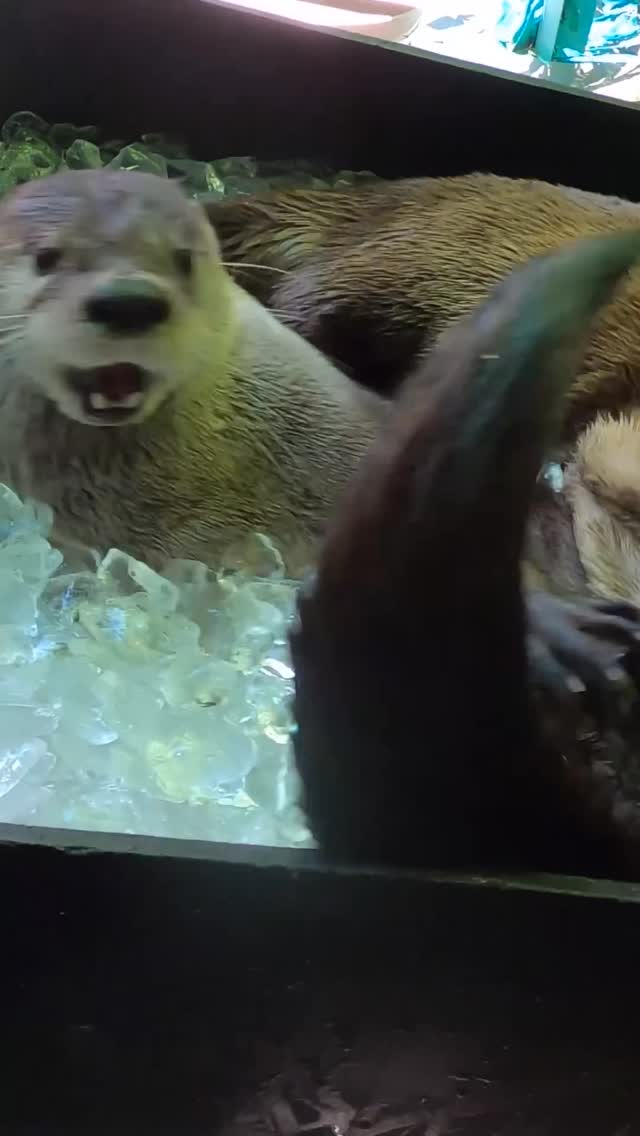- Explore the significance of behavioral enrichment in zoo management, focusing on providing animals with dynamic and stimulating environments.
- Discuss the impact of temperature variations and climate-mimicking strategies in zookeeping, ensuring animal well-being in controlled environments.
- Highlight the role of social media in raising awareness about wildlife conservation and zoo initiatives through engaging content and interactive posts.
- Examine the importance of interdisciplinary collaboration in creating effective conservation strategies within and outside zoological institutions.
- Address the challenges and solutions in wildlife conservation, emphasizing sustainable practices and education.
In the sphere of zoo management, behavioral enrichment is a cornerstone strategy to promote animal welfare. Providing animals with dynamic and stimulating environments is crucial to mimic the natural behaviors they would exhibit in the wild. The practice of behavioral enrichment encompasses a variety of methods, including physical objects, sensory stimuli, and social interactions that encourage natural instincts. By engaging animals’ cognitive abilities, these activities promote psychological health and prevent stereotypical behaviors often observed in captivity. For instance, predator-prey simulations and complex puzzle feeders are employed to stimulate natural foraging strategies, consequently enhancing the animals’ quality of life.
Adapting to variable temperatures is another critical facet of modern zookeeping. Animals housed outside their native climate zones face challenges that require innovative solutions. For instance, providing polar bears with ice and snow mimics their natural Arctic conditions, essential for their physiological and psychological well-being. Similarly, tropical species might need controlled humidity and temperature to thrive. These climate-mimicking strategies not only help in maintaining the animals’ health but also enhance their exhibit’s educational value. It offers visitors insights into the species’ natural history and the importance of preserving their habitats.
Social media plays a transformative role in wildlife conservation efforts and public engagement. Platforms like Instagram, through creative and engaging posts, help raise awareness about the challenges facing wildlife and the initiatives undertaken by zoos. Posts often highlight behind-the-scenes care, conservation successes, and educational tidbits that captivate audiences and foster a connection with wildlife. This digital storytelling is essential in building a global community of conservation advocates. Encapsulating the essence of zoo activities and conservation missions in reels and stories allows institutions to inspire action and support from a diverse audience.
Interdisciplinary collaboration is indispensable in formulating and implementing effective conservation strategies. Engaging experts from genetics, ecology, veterinary science, and education ensures comprehensive solutions to conservation issues. The integration of diverse scientific fields enables the development of breeding programs, habitat restoration projects, and educational outreach initiatives that are scientifically robust and societally beneficial. Collaboration extends beyond the zoological institutions, incorporating international partnerships and local communities to bolster conservation efforts on a broader scale.
Addressing the challenges of wildlife conservation requires a multifaceted approach. Integrating sustainable practices in zoo operations goes beyond reducing environmental footprints; it involves educating the public on conservation issues and promoting behavioral change. Zoos are increasingly adopting eco-friendly strategies such as waste reduction, renewable energy use, and water conservation, setting an example for visitors. Educational programs are designed to instill conservation ethics, nurturing a future generation of environmentally conscious individuals. This commitment is crucial in tackling global biodiversity loss and ensuring the prosperity of wildlife for future generations.
The emphasis on creating an ice-themed exhibit spotlights the collective effort required for effective zoo management and wildlife conservation. By prioritizing animal welfare, designing engaging environments, and utilizing digital platforms for education, zoos can significantly influence public perception and action. Bridging the gap between scientific research and public involvement is key to sustaining conservation momentum and achieving long-term success. This holistic approach is not only about preserving individual species but also fostering an enduring legacy of biodiversity awareness and stewardship.
*****
Source Description
Have an ice weekend 🧊


